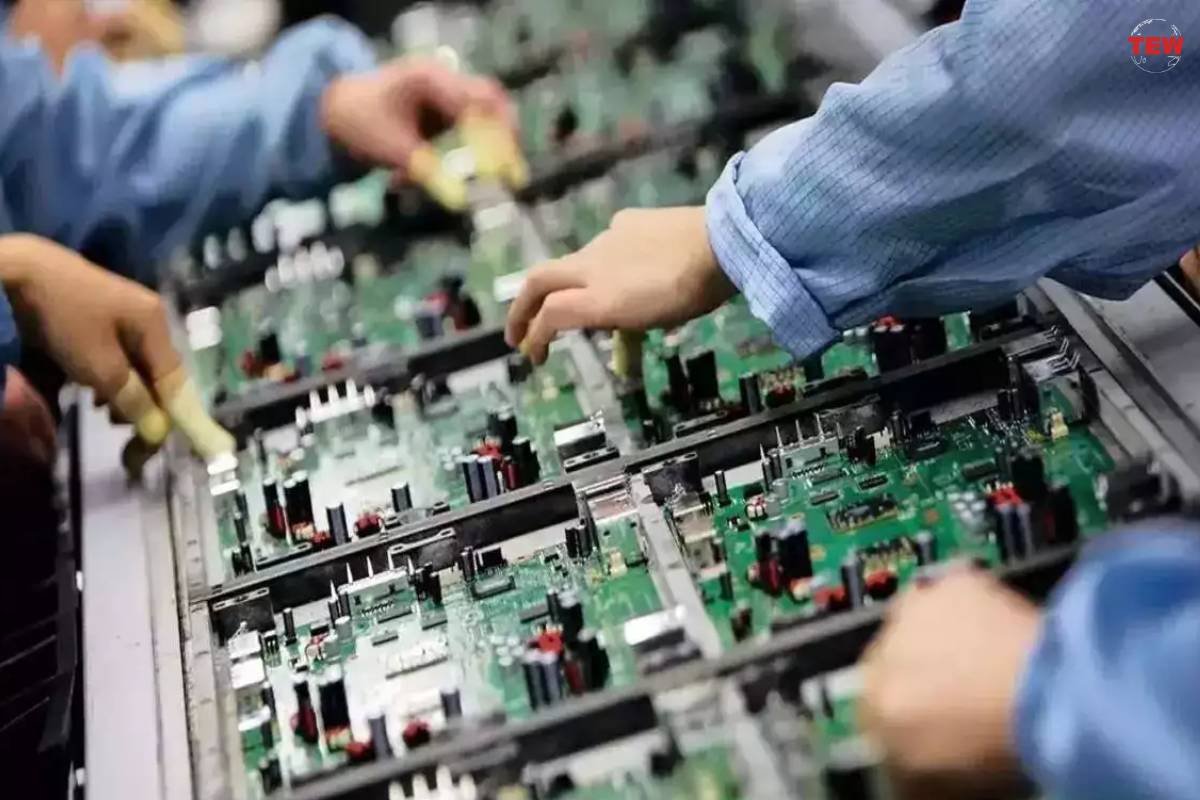SK Hynix, a South Korean semiconductor manufacturer, is currently conducting an inquiry into the unexpected discovery of two of its memory chips within Huawei’s controversial smartphone, the Mate 60 Pro, which was recently launched.
Following this revelation by TechInsights, a Canadian research organization specializing in semiconductor analysis that disassembled the phone for assessment, SK Hynix experienced a decline of over 4% in its shares on Friday.
Concerns over where these chips come from
G Dan Hutcheson, Vice Chair of TechInsights, highlighted the significance of this development, stating, “The significance of the development is that there are restrictions on what SK Hynix can ship to China. Where do these chips come from? The big question is whether any laws were violated.”
The investigation is aimed at uncovering the origins and circumstances surrounding the placement of SK Hynix memory chips in the Huawei handset, particularly in light of potential legal restrictions on chip exports to China.
A spokesperson from Hynix informed CNN on Friday that the company is aware of its chips being utilized in the Huawei phone and has initiated an investigation into this matter.
In a statement, the company clarified that it has ceased business dealings with Huawei since the implementation of US restrictions against the company. They emphasized their strict compliance with the export restrictions imposed by the US government. Some industry experts suggest that Huawei might have procured these memory chips from the secondary market rather than directly from the manufacturer. It’s also possible that Huawei had accumulated a stockpile of components prior to the full implementation of US export restrictions.
There is a possibility of discovering additional components
TechInsights had previously disclosed that the central processing unit of the phone is powered by a 5G Kirin 9000s chip manufactured by China’s leading chipmaker, Semiconductor Manufacturing International Corporation (SMIC).
The analysis of the Mate 60 Pro is ongoing, and there is a possibility of discovering additional components produced by companies subject to US trade sanctions. So far, most of the phone’s components have been identified as originating from Chinese suppliers. Analysts view this smartphone as a significant milestone for China in the midst of its technological rivalry with the United States.
In response to this development, two US congressmen, Mike Gallagher and Michael McCaul, have called upon the White House, which is seeking further information regarding the phone, to consider more stringent restrictions on technology exports to Chinese companies.





